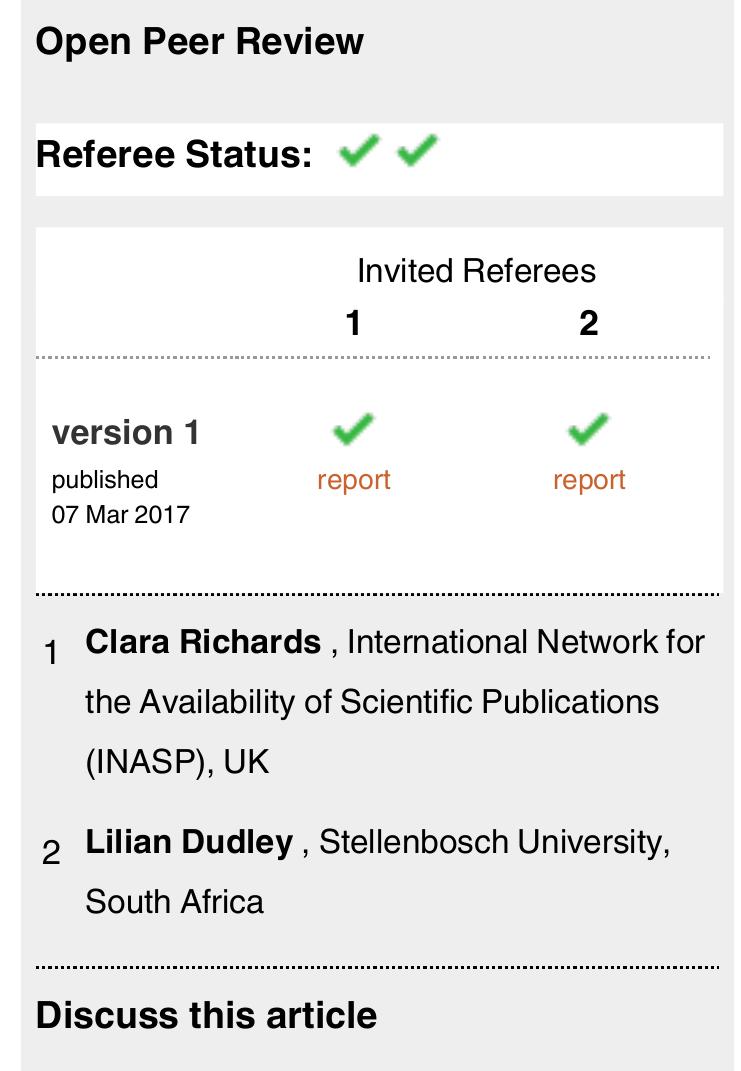Key research themes
1. How can primary prevention and early interventions reduce the risk and impact of zoonotic pandemics?
This research area focuses on identifying cost-effective strategies and practical measures to prevent the spillover of zoonotic pathogens from animals (especially wildlife) to humans and to curb early disease spread. Preventing pandemics before human infection occurs is posited as a critical alternative to reactive strategies centered on outbreak detection and containment. This theme matters because emerging viral zoonoses increasingly cause costly and frequent global health crises, and proactive interventions may yield substantial economic and mortality reductions while providing co-benefits such as ecosystem conservation.
2. What frameworks and indices effectively prioritize countries and diseases for targeted infectious disease control and preparedness?
This research theme addresses methodological development and application of prioritization frameworks at the country and disease level to optimally allocate limited resources for infectious disease control. With a multitude of emerging pathogens and countries facing different vulnerabilities, objective metrics and standardized processes are essential for identifying highest-risk diseases requiring research and countries most in need of technical and financial support. These frameworks inform strategic interventions and resource distribution that can mitigate epidemic spread effectively.
3. How are priority-setting processes integrated into national health policy responses during pandemics, particularly in low- and middle-income countries (LMICs), and what are the challenges for equity and effective implementation?
This theme examines the incorporation of priority-setting frameworks in national COVID-19 response plans, with an emphasis on low-resource settings in Latin America, Africa, and Uganda. Understanding how policies translate global priorities into context-specific resource allocation during emergencies sheds light on strengths, gaps, and equity considerations. Insights here inform strategies to strengthen governance, transparency, and stakeholder engagement essential for fair and effective pandemic responses as well as broader health system resilience.





